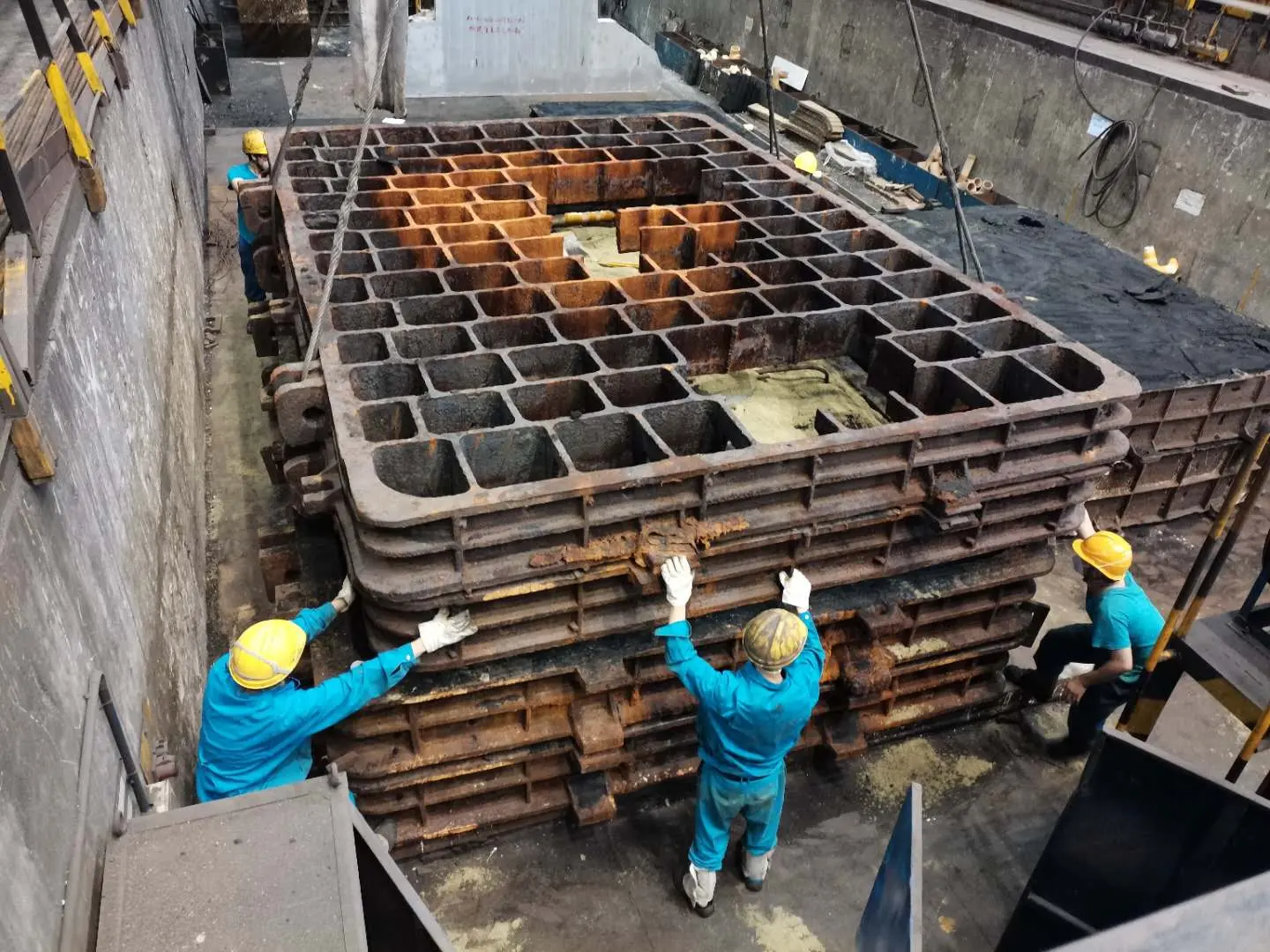Applications of Sand Casting Process
Sand casting is one of the oldest and most versatile manufacturing processes used to shape metals and alloys into desired forms. This method has been utilized for thousands of years, dating back to ancient civilizations. Today, sand casting continues to be a popular choice for producing a wide variety of metal components across numerous industries due to its unique advantages and broad applications.
Overview of the Sand Casting Process
The sand casting process involves several fundamental steps the creation of a mold, pouring metal into the mold, and allowing it to solidify before removing the casting. Typically, the mold is made from a mixture of sand, clay, and water, which provides the necessary strength and flexibility for the casting process. A pattern, usually made of metal or wood, is used to shape the cavity within the sand. After the mold is prepared, molten metal is poured into the cavity, where it cools and hardens. Once the metal has solidified, the mold is broken away to reveal the finished casting.
Applications in Various Industries
1. Automotive Industry Sand casting plays a significant role in the automotive sector. Many engine components, such as cylinder heads, engine blocks, and transmission cases, are produced using this method. The ability to create complex geometries and produce large sections makes sand casting ideal for manufacturing automotive parts, which must withstand high stresses and operating temperatures.
2. Aerospace Industry In the aerospace industry, sand casting is utilized to produce lightweight yet strong components, such as brackets, housings, and other structural parts for aircraft. The process allows for high precision and can accommodate a range of materials, including aluminum and titanium alloys. As the aerospace sector demands increasingly stringent standards for quality and performance, advanced sand casting techniques are frequently adapted to meet these requirements.
3. Marine Applications The marine industry often requires components that can withstand harsh environments, including saltwater corrosion. Sand casting is commonly used to produce propellers, pump housings, and various fittings for boats and ships. The method's ability to create complex shapes and its cost-effectiveness make it an invaluable technique in marine manufacturing.
applications of sand casting process

4. Heavy Machinery and Equipment Heavy machinery, such as construction and agricultural equipment, often contains components made via sand casting. Parts like housings, frames, and large gearboxes benefit from the durability and adaptability offered by this method. Sand casting allows manufacturers to produce large, heavy components in a single piece, thus minimizing the need for assembly and increasing overall strength.
5. Art and Sculpture Beyond industrial applications, sand casting is also used in the creation of artistic sculptures and decorative items. Artists and sculptors often use this technique to reproduce intricate designs and concepts in metal. The versatility of sand casting allows for a wide range of artistic expressions, resulting in unique and personalized creations.
Advantages of Sand Casting
The advantages of sand casting are numerous. One of the primary benefits is its low cost, as sand is inexpensive and readily available. Additionally, the process is highly flexible, allowing for the use of various metals, including aluminum, bronze, iron, and magnesium. Sand casting can accommodate both small-scale production and large batch runs, making it suitable for a wide range of projects.
Moreover, the ability to create complex shapes without the need for extensive tooling reduces setup times and overall production costs. This efficiency makes sand casting an attractive option for both large manufacturers and small-scale artisans.
Conclusion
In conclusion, the applications of the sand casting process are vast and diverse, spanning multiple industries, from automotive and aerospace to art and sculpture. Its ability to produce intricate designs, coupled with cost-effectiveness and material versatility, ensures that sand casting will remain a critical manufacturing technique in the modern world. As technology continues to advance, so too will the methods and applications of sand casting, leading to even greater innovations and efficiencies in the future.
Post time:stu . 14, 2024 14:05
Next:dělat odlévání písku
